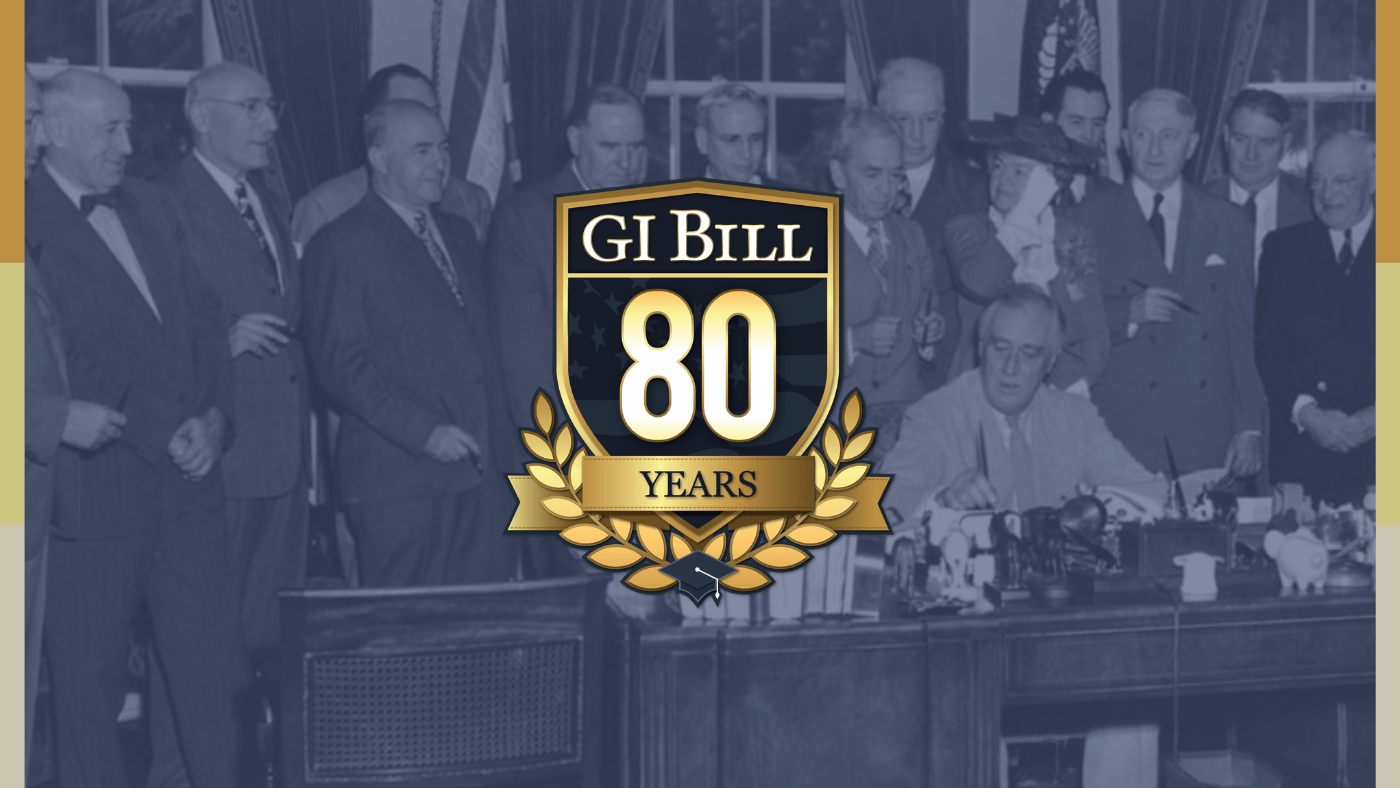In 1917, when the United States first entered World War I, Congress expanded and created new benefits for Veterans—including the creation of disability compensation, insurance, and vocational rehabilitation.
The Veteran Readiness & Employment (VR&E, formerly known as Vocational Rehabilitation and Employment) program dates to the signing of the Soldier’s Act of 1918 by President Woodrow Wilson. The act predates the modern Department of Veterans Affairs and states that the then-U.S. Federal Board for Vocational Education would “prescribe and provide” disabled Veterans with “suitable courses of vocational rehabilitation” and a “compulsory allotment and family allowance” to ensure their rehabilitation and “placement of rehabilitated persons in suitable or gainful occupations.”

The program was consolidated into the Veterans’ Bureau in 1921, which brought the existing federal Veterans programs under the same agency. This agency went on to become the Veterans Administration in 1930 and then the Department of Veterans Affairs when it was elevated to cabinet status in 1988. Since the 1918 act was originally crafted to apply only to Veterans of World War I, with the breakout of World War II, a new law was passed to expand eligibility in 1943.
When it came time for the landmark Servicemen’s Readjustment Act (SRA) of 1944, the idea of giving Veterans educational benefits, training and living expenses was not a far-fetched idea because it had been happening for Veterans with disabilities since the Soldier’s Act became law. The SRA made similar educational benefits available to many Veterans without disabilities. It also included provisions for adding new benefits, like readjustment and home loan programs.
While the SRA did not create the VR&E program, it is clear that VR&E set the stage for the creation of the readjustment and educational benefits that came later in the G.I. Bill. The SRA did expand eligibility for VR&E by moving the eligibility date for WWII Veterans back to Sept. 16, 1940. This was when the Selective Service Act establishing a draft was signed into law. Over 621,000 World War II Veterans with disabilities received vocational training through the program.
Currently, all Veterans with a 10% service-connected disability are eligible for VR&E services, provided they did not receive a dishonorable discharge.
In 2020, to increase awareness and understanding of the program, Vocational Rehabilitation and Employment was renamed Veteran Readiness & Employment. The new name highlights the career and employment mission, and helps to differentiate it from VA’s education benefits.
To learn more about what Veteran Readiness & Employment can do for you, visit the VR&E website at www.va.gov/vre.
Topics in this story
More Stories
The increased financial compensation associated with SMC benefits and the visibility of Purple Heart recipients can attract scammers looking to exploit Veterans.
Whether it’s access to the great outdoors or a calmer pace in your everyday life, you can find it in rural VA communities around the country.
After using the G.I. Bill, Army Veteran Adam Boren found his connection to his community through soccer.






Interesting ?
VA Voc Rehab completely screwed me over when I was 100% P&T and wasn’t informed in time. Left me in about $10,000 student debt.
This benefit shouldn’t exist in its current form..hardest benefit to get even when they award to you.
I thought a lot of military,not so much these days